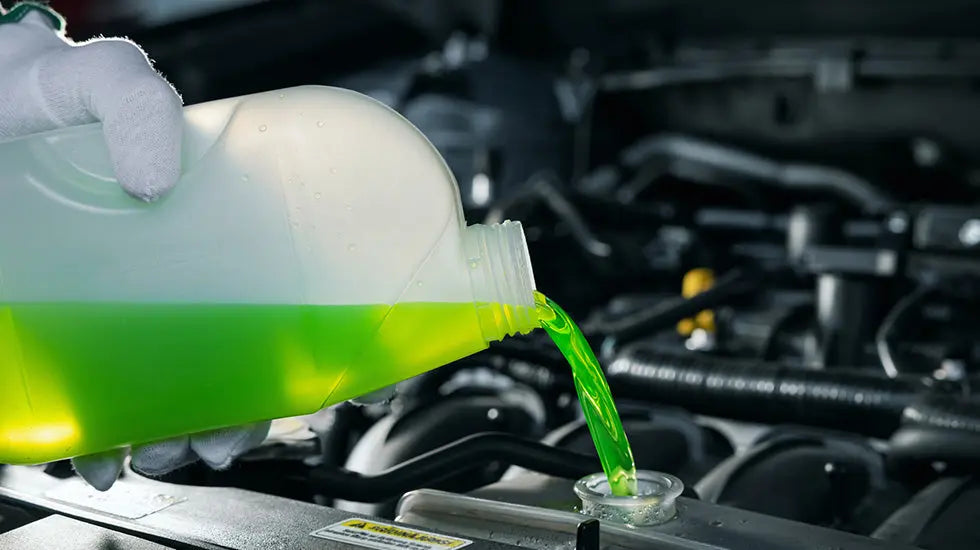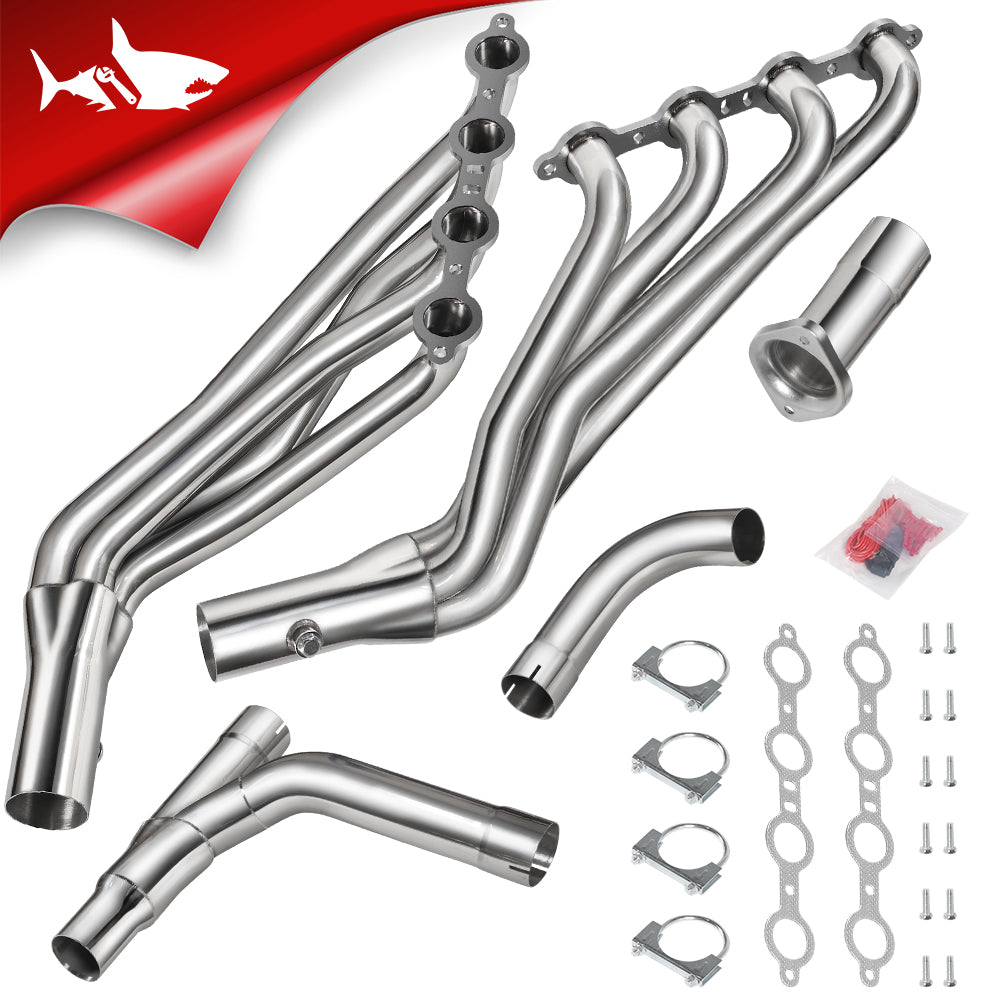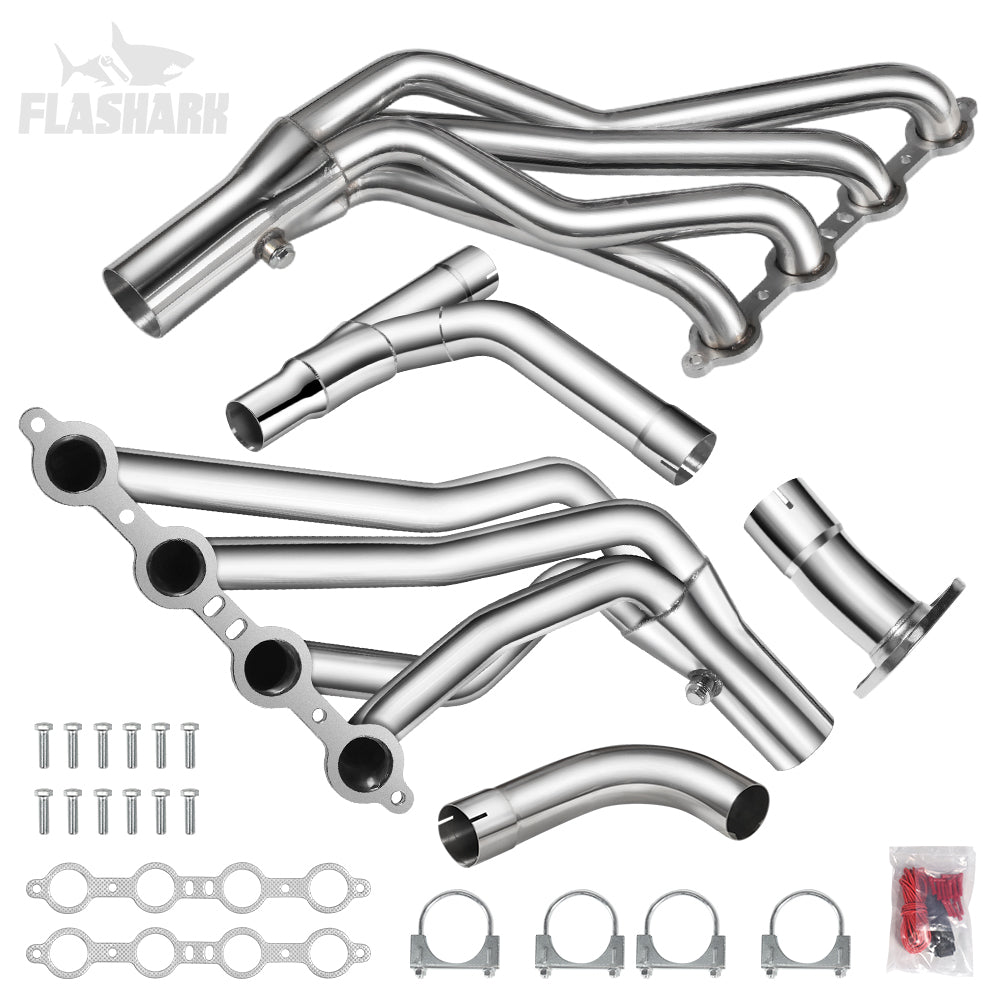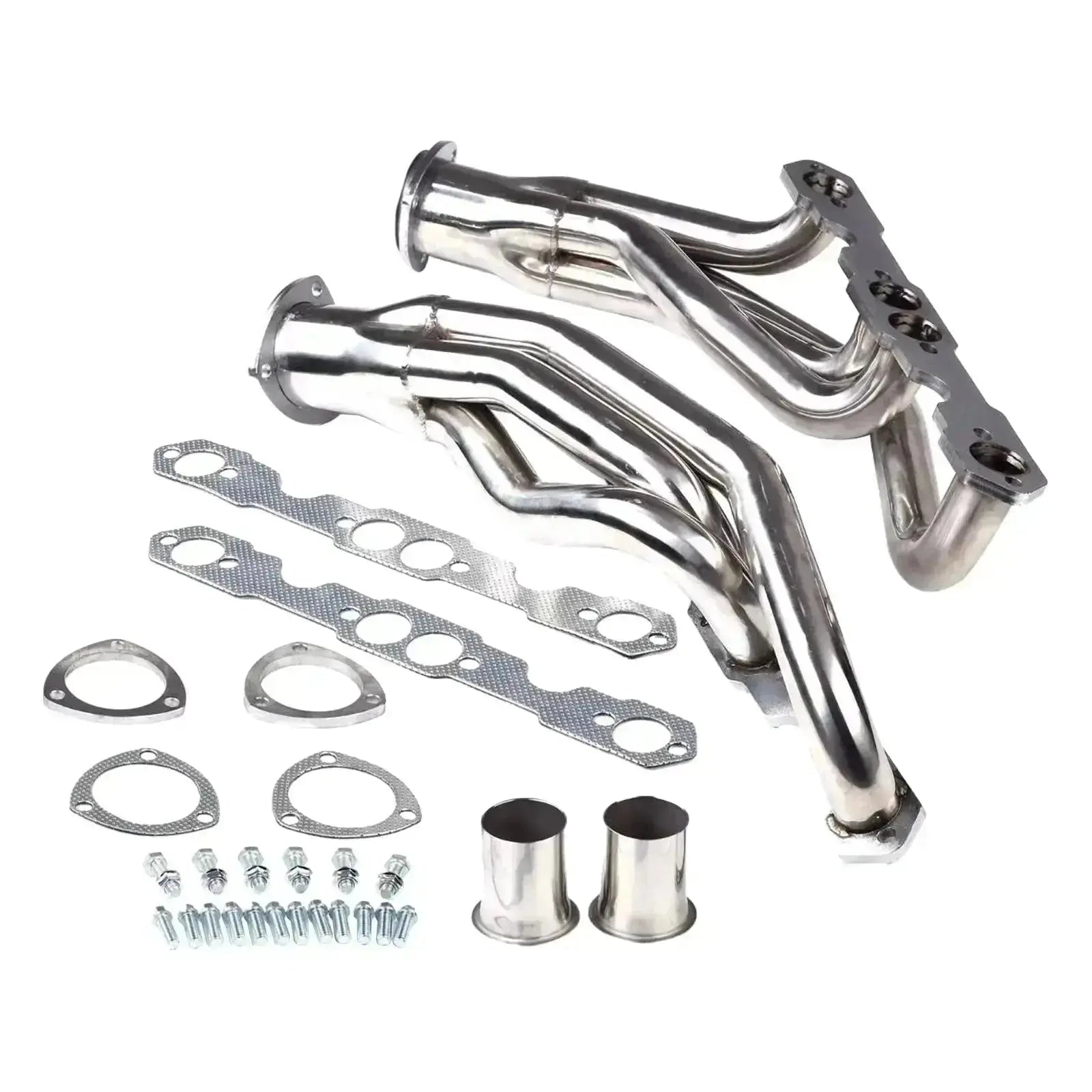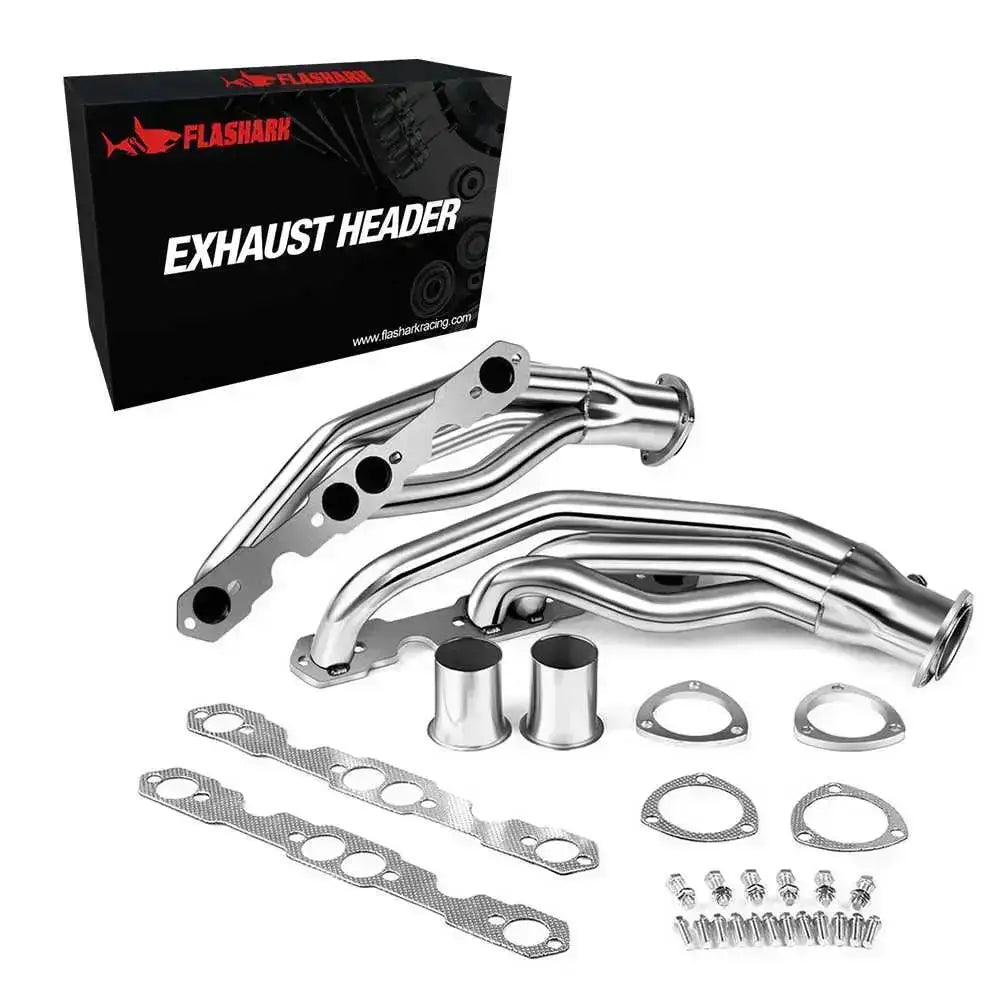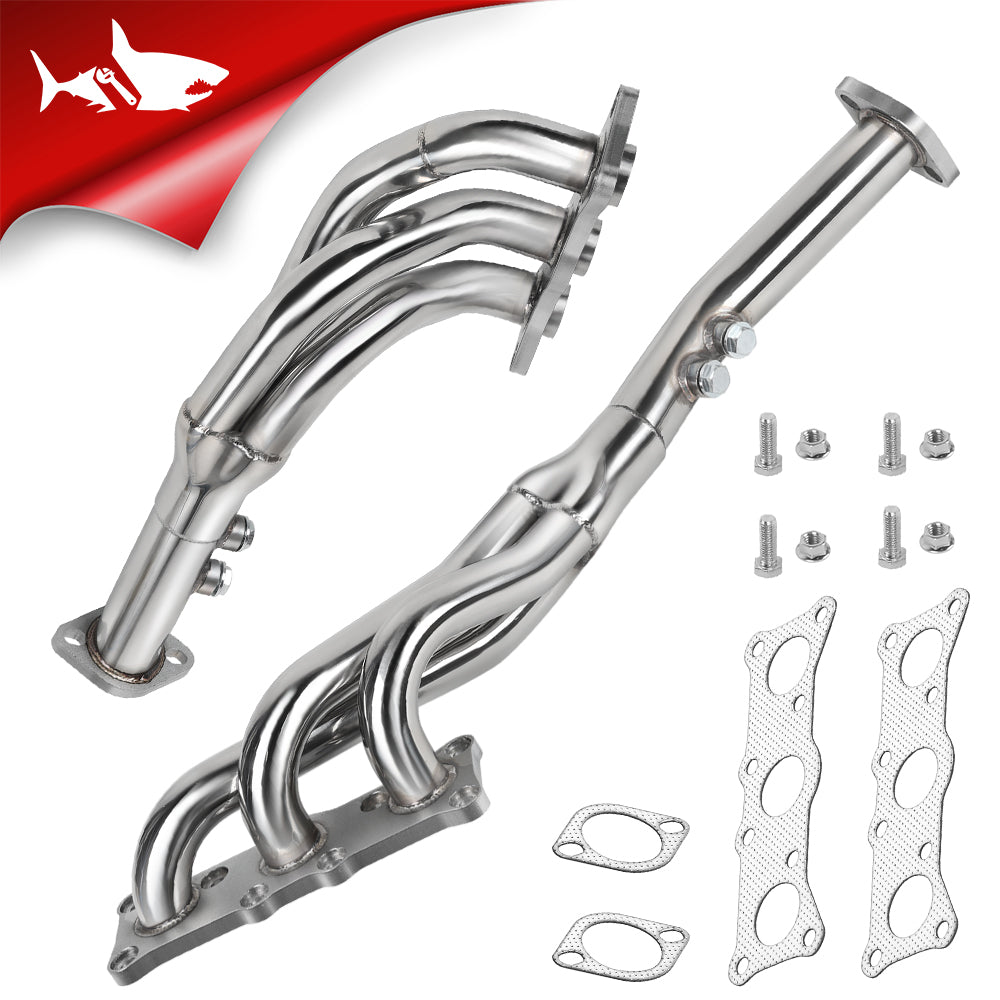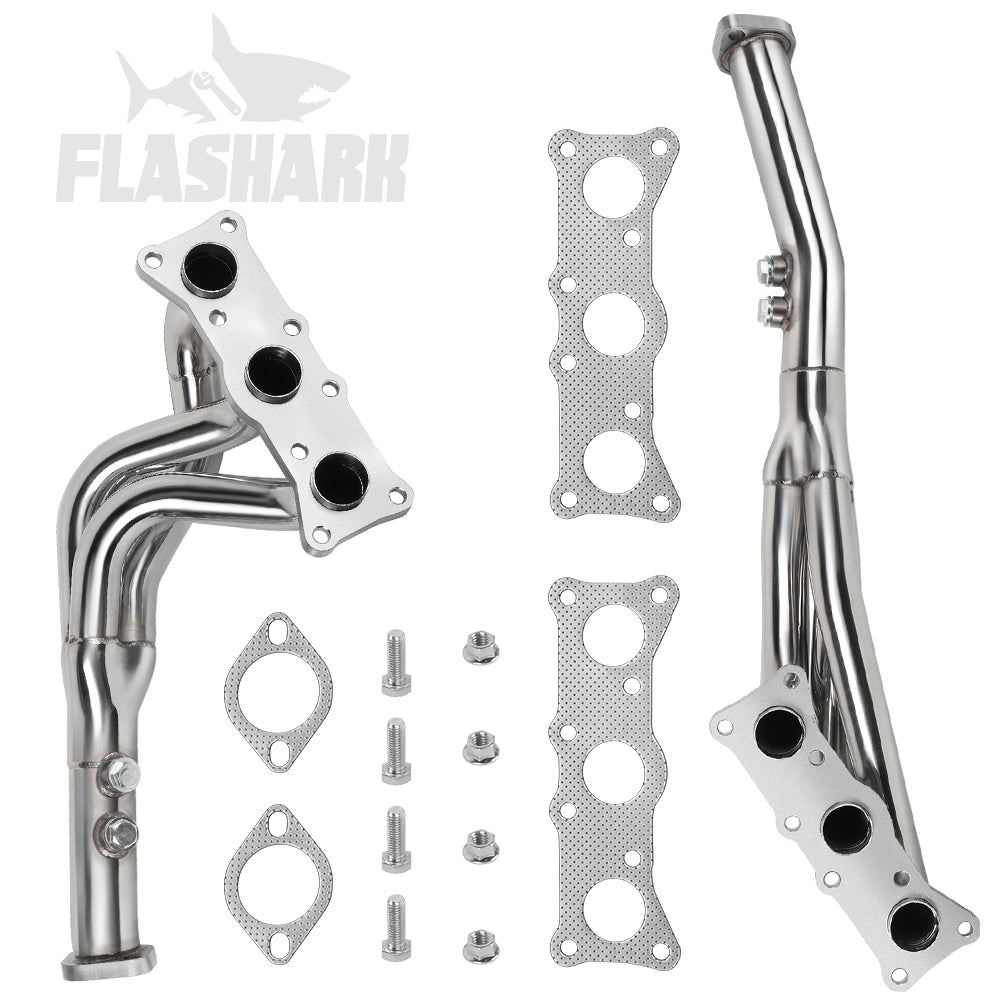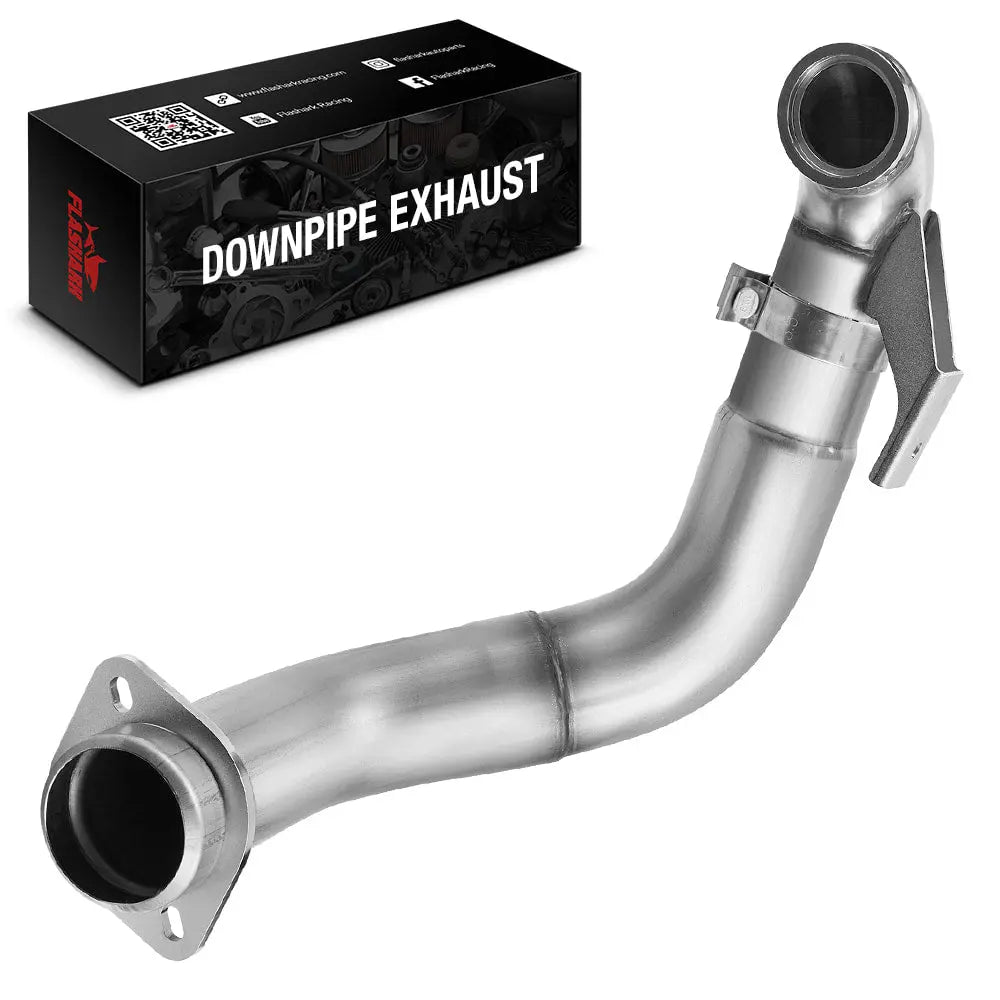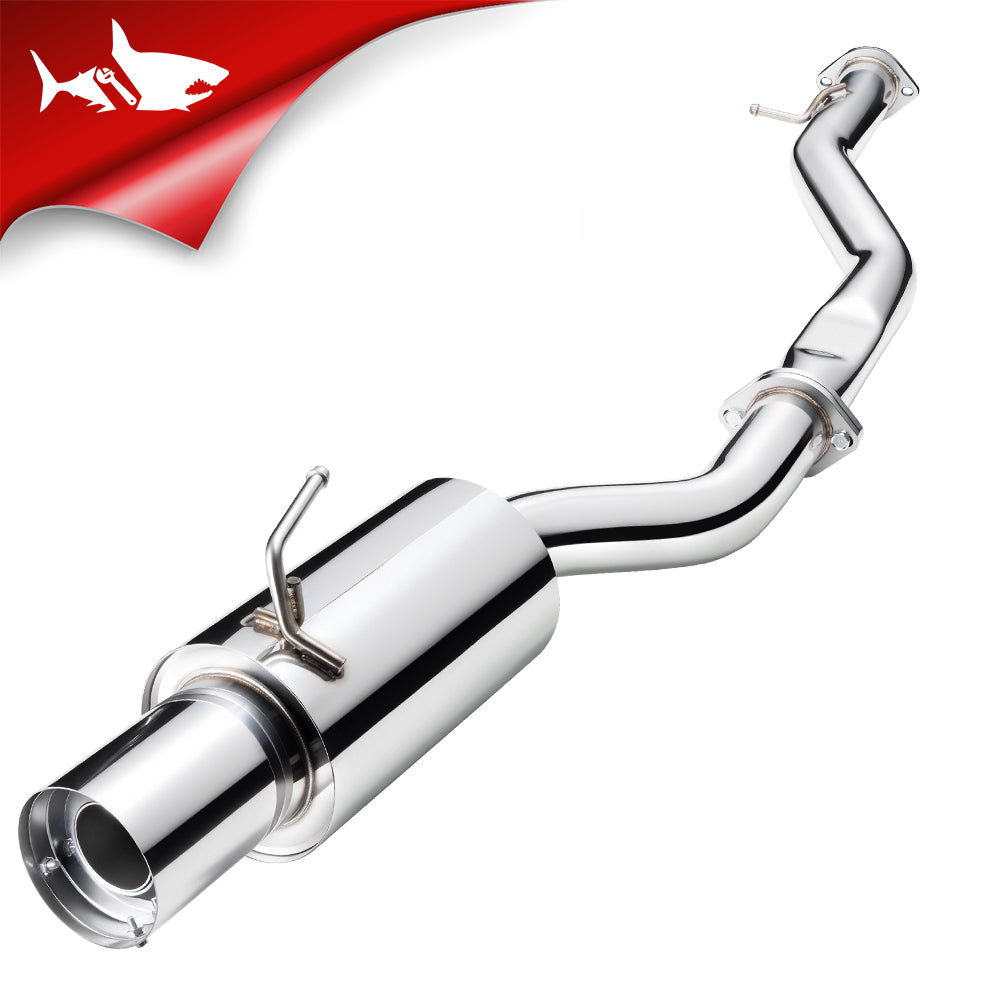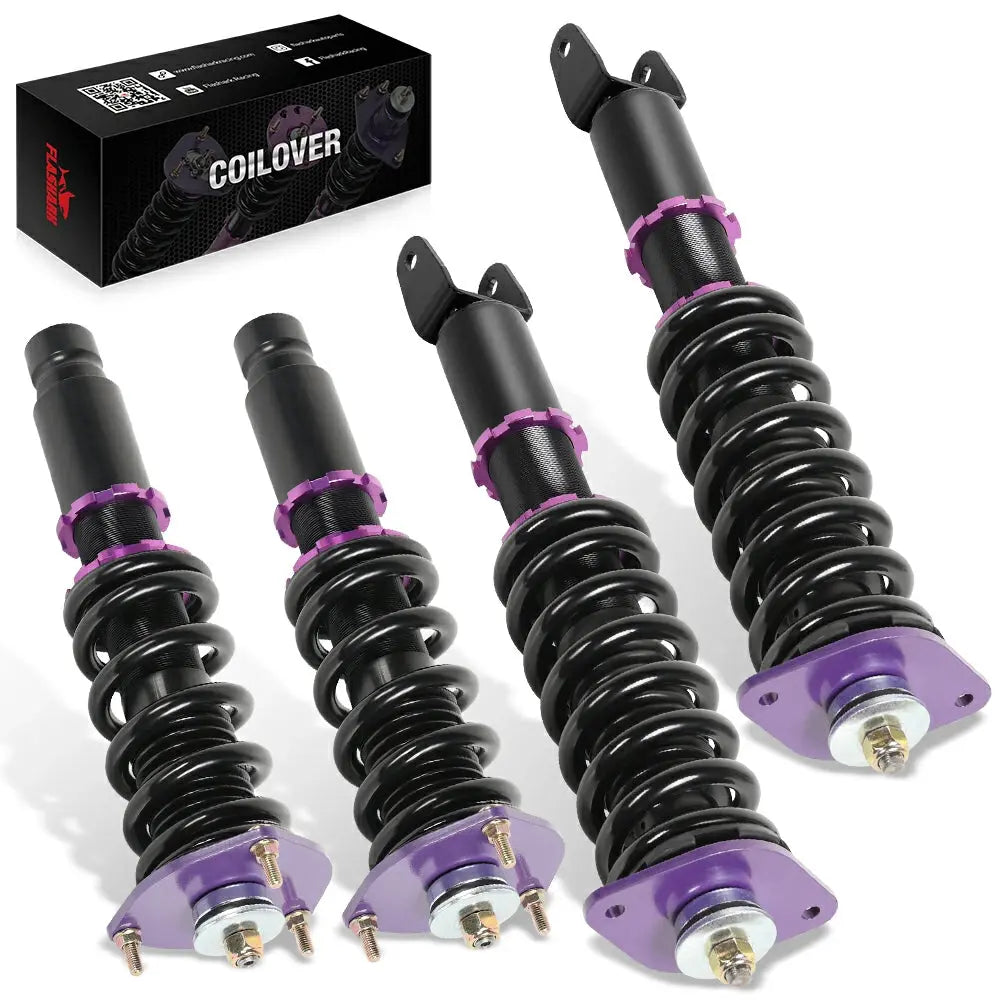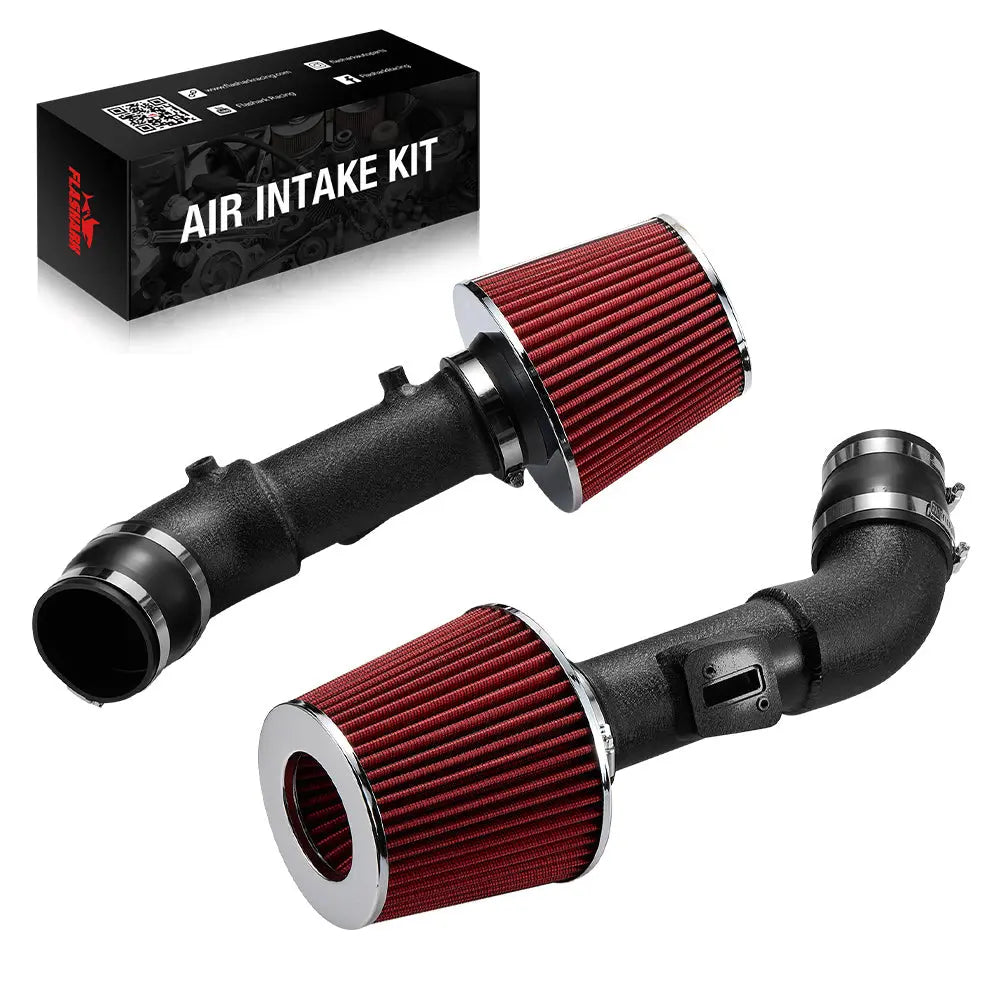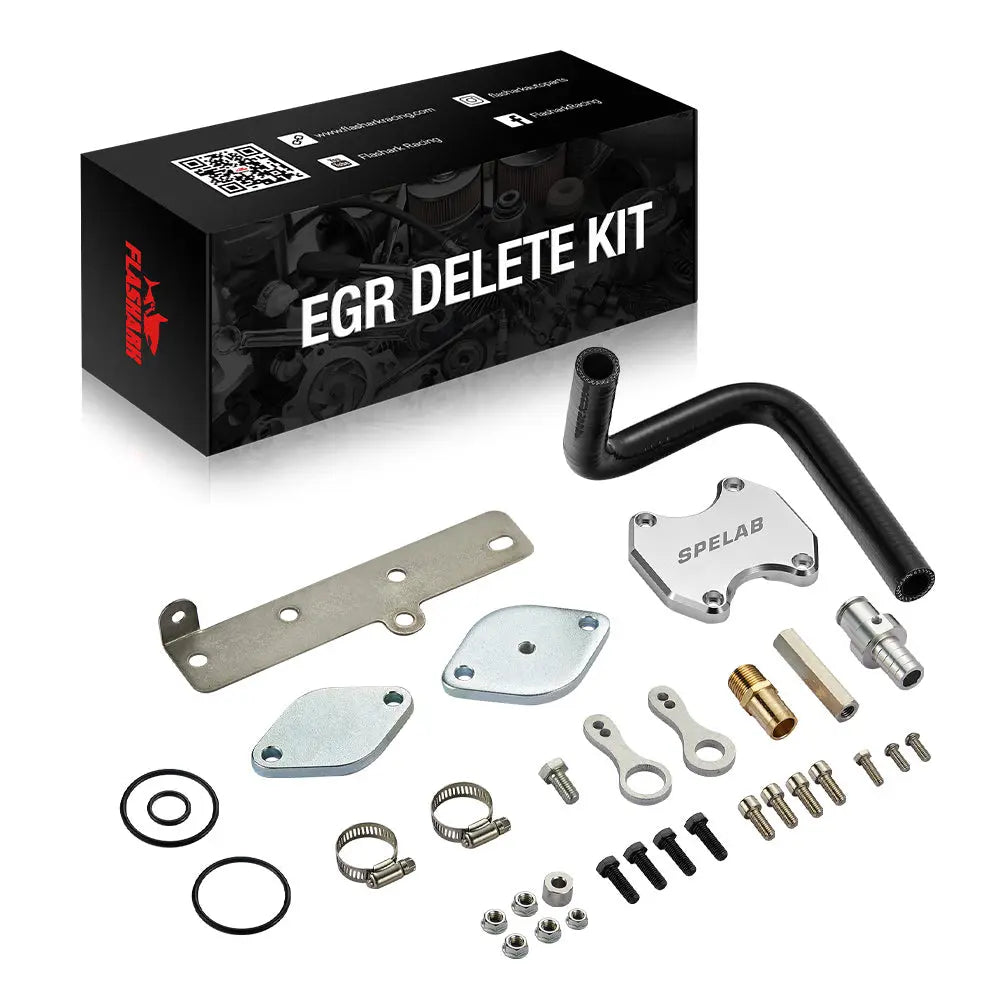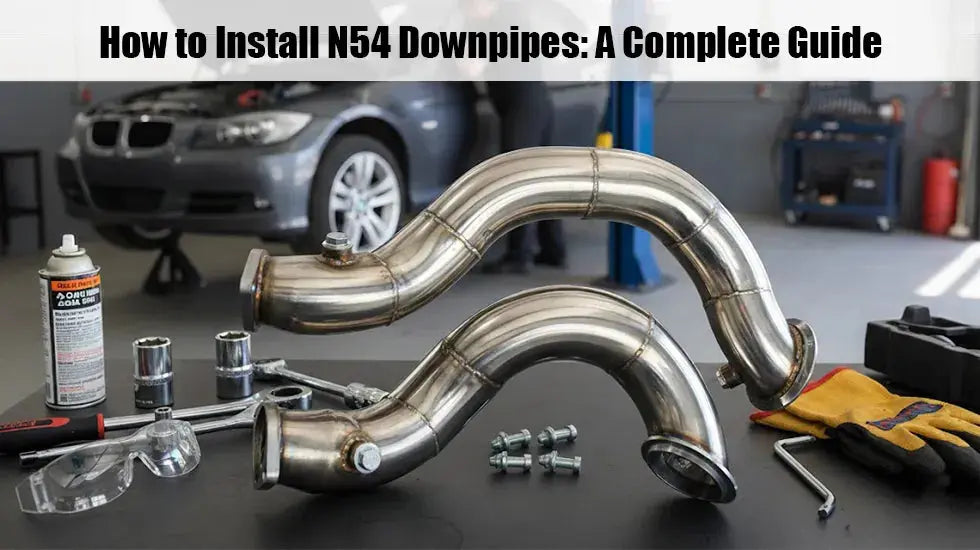Mantener el nivel correcto de refrigerante en el depósito del vehículo es esencial para garantizar que el motor funcione a la temperatura óptima. Un sistema de refrigerante en buen estado previene el sobrecalentamiento, protege las piezas del motor y garantiza un funcionamiento fluido. Entonces, ¿cuánto refrigerante debe haber en el depósito? En este artículo, exploraremos la importancia de mantener un nivel adecuado de refrigerante, cómo revisarlo y los riesgos de niveles incorrectos.
Cómo entender el sistema de refrigeración de su coche
El sistema de refrigeración desempeña un papel crucial en el control de la temperatura del motor de su vehículo. Evita el sobrecalentamiento del motor mediante la circulación del refrigerante a través del motor y el radiador, disipando así el calor del motor. El sistema también utiliza el depósito de refrigerante para almacenar el exceso de refrigerante cuando el motor se calienta.
En esencia, la cantidad de refrigerante que debe haber en el depósito es vital para el correcto funcionamiento de todo el sistema de refrigeración. El depósito actúa como un amortiguador que contiene el refrigerante en expansión cuando la temperatura del motor sube y se contrae al enfriarse.

El papel del depósito de refrigerante
El depósito de refrigerante es un componente clave del sistema de refrigeración de su coche. Permite la expansión del refrigerante a medida que el motor se calienta y lo devuelve al sistema cuando este se enfría. Sin este mecanismo, el motor podría sobrecalentarse o perder refrigerante, lo que podría provocar daños.
Es importante comprender que el depósito de refrigerante no está diseñado para llenarse constantemente hasta el tope. La cantidad de refrigerante que debe contener depende del nivel marcado en el lateral. Esto garantiza que el refrigerante se encuentre en un nivel óptimo para un funcionamiento eficaz, sin desbordamientos ni pérdidas excesivas.
Nivel ideal de refrigerante en el depósito
Para mantener un sistema de refrigeración eficaz, el nivel de refrigerante en el depósito debe estar dentro de las marcas de mínimo y máximo . Cuando el coche está frío, lo ideal es que el refrigerante esté más cerca de la marca de mínimo. A medida que el motor se calienta, el refrigerante se expande, elevando el nivel hacia la marca de máximo.
Es fundamental revisar los niveles de refrigerante con el motor frío, ya que revisarlo después de conducir puede arrojar lecturas inexactas debido a la expansión del refrigerante. La cantidad de refrigerante que debe haber en el depósito depende de este sistema dinámico. Un depósito bien lleno garantizará que su coche resista tanto el calor como el frío sin riesgo de daños.
¿Qué sucede si el nivel de refrigerante es demasiado bajo o demasiado alto?
Si el nivel de refrigerante es demasiado bajo, el motor no tendrá suficiente refrigerante para evitar el sobrecalentamiento. En el peor de los casos, esto podría provocar una falla del motor o incluso daños permanentes. La cantidad de refrigerante que debe haber en el depósito no es fija, pero nunca debe bajar del nivel mínimo.
Por otro lado, si el refrigerante se llena demasiado, el sistema puede experimentar una presión excesiva. Esto puede provocar un desbordamiento del refrigerante, lo que podría dañar las mangueras o el radiador. Muchos usuarios en foros en línea informan que el sobrellenado puede provocar fugas o desbordamientos de refrigerante, lo que causa suciedad desagradable y posibles daños al sistema de refrigeración.
El rango ideal es mantener el nivel del refrigerante entre las marcas baja y alta, asegurando un equilibrio que permita la expansión y contracción del refrigerante sin dañar el motor ni el depósito.
Cómo rellenar el depósito de refrigerante de forma segura
Llenar el depósito de refrigerante es una tarea sencilla pero importante. Asegúrese siempre de que el motor esté frío antes de añadir refrigerante. Nunca abra el tapón del depósito con el motor caliente, ya que podría causar quemaduras por el vapor o la ebullición del refrigerante.
Al agregar refrigerante, asegúrese de usar el tipo recomendado para su vehículo. Los refrigerantes a base de etilenglicol son comunes, pero algunos vehículos pueden requerir otros tipos. La cantidad de refrigerante que debe contener el depósito suele indicarse en las marcas laterales, pero si tiene dudas, consulte siempre el manual de su vehículo para obtener recomendaciones.
Si nota que el nivel de refrigerante baja constantemente después de rellenarlo, podría indicar un problema con el depósito de refrigerante. En este caso, se recomienda que un mecánico profesional inspeccione el sistema y reemplace el depósito de refrigerante si es necesario.
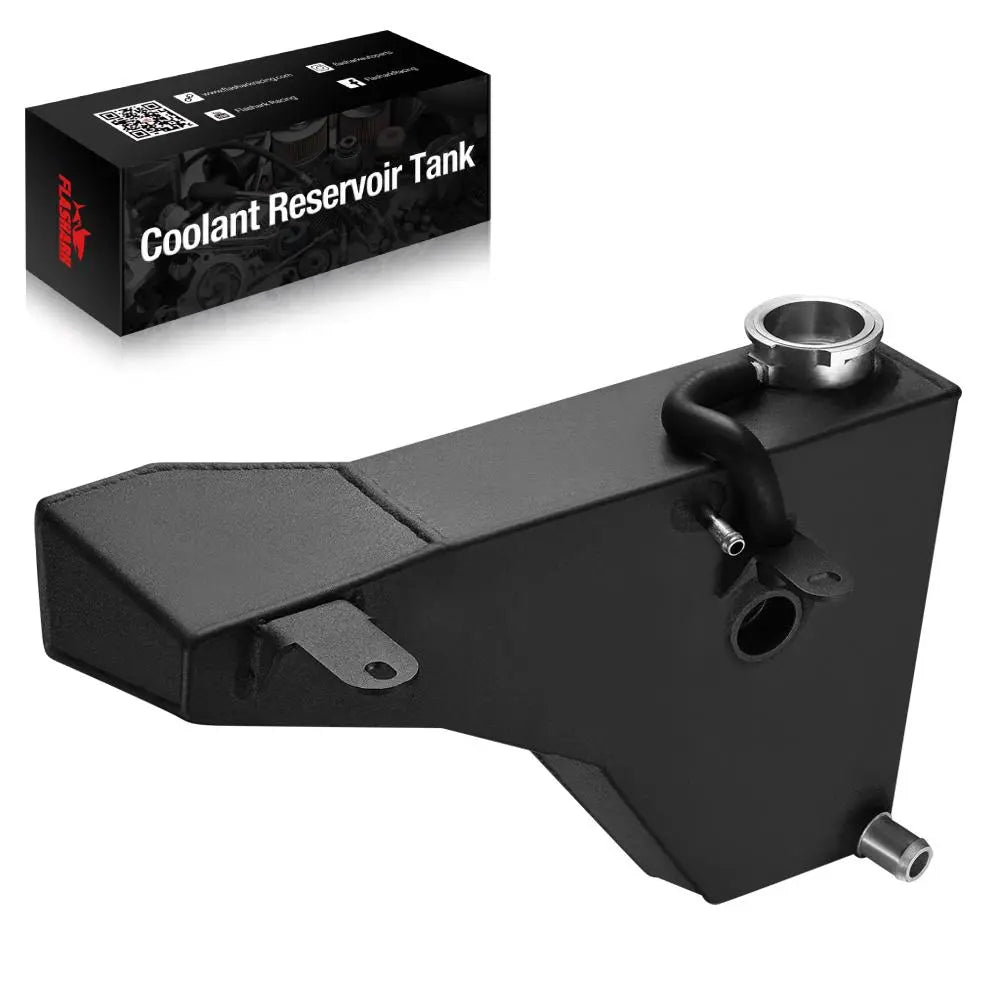
Depósito de refrigerante de aluminio (desgasificador) para Dodge Charger/Challenger, Chrysler 300C (2011-2024)
Depósito de refrigerante de aluminio FLASHARK para Dodge Charger/Challenger y Chrysler 300C 2011+. Fabricado en aluminio 6061 de grado aeronáutico, ofrece resistencia superior, disipación de calor y fácil verificación de nivel. Reemplazo directo con fácil instalación.
Precio: $169.00
Comprar ahoraMantenimiento del sistema de refrigeración
El mantenimiento regular del sistema de refrigeración es esencial para evitar reparaciones costosas. Debe revisar periódicamente los niveles de refrigerante para asegurarse de que estén dentro del rango recomendado. Esto es especialmente importante antes de viajes largos o después de conducir durante períodos prolongados en climas cálidos.
Además de monitorear los niveles de refrigerante, se recomienda purgar el sistema y reemplazarlo cada 48,000 a 80,000 kilómetros, según las especificaciones de su vehículo. El refrigerante viejo o contaminado puede perder su eficacia, lo que reduce la capacidad del sistema para regular la temperatura del motor.
Siguiendo estos pasos, puede asegurarse de que su sistema de refrigeración funcione correctamente y que su vehículo funcione de manera óptima.
Conclusión
Entonces, ¿cuánto refrigerante debe haber en el depósito? El nivel de refrigerante debe mantenerse siempre entre las marcas mínima y máxima del depósito, y el motor del vehículo debe estar frío al revisarlo o agregarlo. Asegurarse de que la cantidad correcta de refrigerante en el depósito previene el sobrecalentamiento, ayuda a mantener el rendimiento del motor y protege el vehículo de posibles daños. Revisar y mantener regularmente el sistema de refrigerante es fundamental para mantener el buen funcionamiento del vehículo.
Si sigue estos sencillos pasos y se mantiene atento a los niveles de refrigerante, podrá evitar reparaciones innecesarias y mantener su vehículo funcionando sin problemas durante muchos años.

